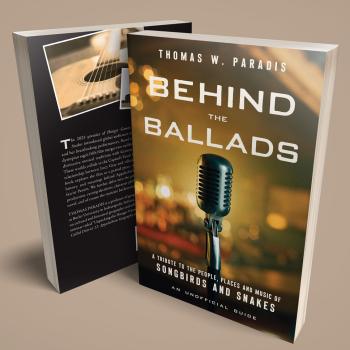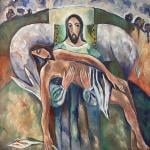OK, so I made up that quote, loosely based on something that someone said, perhaps pretending to be Solomon at the time, and more likely the final editor of the book in question, and thus pretending to be someone pretending to be Solomon.
But that itself, I hope, illustrates the point, and the problem. For many people engaging in amateur investigations of matters related to the past, the search stops at some arbitrary point with what a text says, or a treasure-hunter says an artifact is. But for the professional historian or scholar, this is not enough. The artifact must be authenticated, and the earliest account(s) must be sifted through and critically examined. Often this leaves us uncertain about important subjects, and able to only very cautiously answer key questions with qualifications such as “Based on the available evidence, it seems most likely that…” But I guess that is why treasure-hunters and fundamentalists make the news more frequently than professional historians and scholars. Arrogant and ill-founded confidence inspires confidence in others, including congregations and journalists, in a way that it should not, while the caution of experts fails to inspire confidence, even though it should.
Even while the media has begun to take notice of serious doubts about the authenticity of the lead codices, a new story is circulating about the alleged discovery of the nails with which Jesus was crucified. I wonder if they are made of lead and have inscriptions upon them, and had earlier been used to hold Noah’s Ark together.
Bob Cargill, Jim Davila, Mark Goodacre, David Meadows, John Byron, Helek Tov, Michael Heiser and even Jim West have commented on this topic.
Fortunately, MSNBC already seems to be entertaining doubts about this one.
Meanwhile, the jury is still out (quite literally!) on the James Ossuary, and Oded Golan tries to make the case for its authenticity in The Bible and Interpretation.













